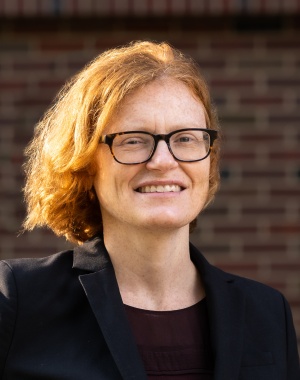
What are the best ways to judge how instruction in pre-kindergarten classrooms is organized? Linkages between facets of classroom organization such as better organization of materials, smooth transitions, and clear routines are thought to make children feel more secure, increase instructional time, and ultimately support greater school readiness gains in the preschool year. Research has typically looked at “global” qualities of classroom organization across all children and examined classroom organization as a single construct, and measurement of classroom organization in this way has generally shown small or null relations with children's school readiness gains in preschool.
Two U-M IES Predoctoral Fellows, Lillie Moffett and Amanda Weissman, associate professor at the School of Education (SoE) and co-director of the Education Policy Initiative (EPI) at the Ford School of Public Policy Christina Weiland, and colleagues have examined the issue in a different way, looking at teachers' uses of four classroom organization subcomponents with individual students: behavior management, verbal directions, modeling of materials and transitions, and ritual and routine cues, to explore whether any observed within-classroom variation predicts child learning gains above and beyond a global measure of classroom organization.
The study, Unpacking pre-K classroom organization: Types, variation, and links to school readiness gains, co-authored with Meghan McCormick and JoAnn Hsueh of MRDC, Catherine Snow from the Harvard Graduate School of Education and Jason Sachs from Boston Public Schools, appeared in the Journal of Applied Developmental Psychology.
The team coded the total number of minutes 263 individual pre-kindergartners were exposed to the teacher strategies for classroom organization and found that children within the same classroom did experience different amounts of exposure to organization, specifically teacher verbal directions and reminders. The team also found that time spent exposed to a global construct of teacher organizational strategies did not predict children's gains, but time exposed to specific types of organization– specifically teacher modeling of directions and materials– did predict children’s gains in math. The findings illustrate the utility in separating a global construct into specific types, and offer a first look at child-level measurement of teacher organization. No study to date has looked at the quantity of child exposure to different teacher organizational strategies.
The study states, “The findings have implications for the ongoing search for the active ingredients in prekindergarten that promote children's school readiness and for a next generation of measurement work in early childhood settings. From a policy perspective, it is important to isolate the key factors of children's classroom experiences that matter for child outcomes, as well as highlight any issues of equity that may be occurring between children within the same classroom.”
They conclude, “Together, our findings point to possibly fruitful new directions in early childhood measurement particularly when considering the role of classroom organization – and the specific dimensions that make up this domain of classroom quality – in supporting young children's development.”
